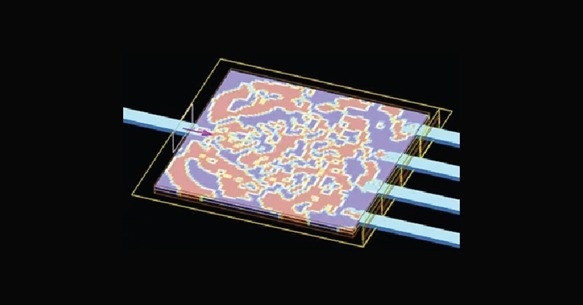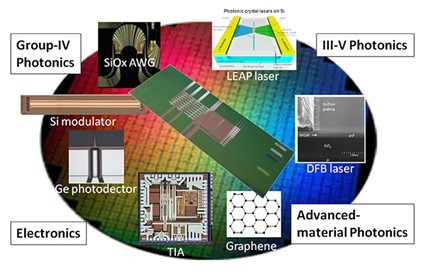- PRODUCTS
- SERVICES
- HARDWARE & IT
- LEARNING & DEVELOPMENT
- CADFEM INFORMS
CADFEM INFORMS OVERVIEW
- ABOUT US


At the nanoscale, which deals with structures and materials on the order of nanometers (one billionth of a meter), optics helps scientists and engineers explore phenomena that are otherwise invisible to the naked eye. Key areas of interest include:

Transitioning to the microscale, which deals with objects and structures ranging from micrometers to millimeters, optics continues to play a vital role in various scientific and industrial applications:
The intersection of nanoscale and microscale optics represents a frontier of innovation. As technology advances, the ability to control and manipulate light across these scales becomes increasingly important in several ways:
The significance of optics from the nanoscale to the microscale cannot be overstated. From exploring the fundamental properties of light at the nanoscale to applying optical techniques in everyday microscale technologies, optics continues to drive innovation and expand our understanding of the world. As research progresses and technology evolves, the interplay between nanoscale and microscale optics will undoubtedly lead to groundbreaking discoveries and applications, shaping the future of science and technology. By bridging the gap between these scales, we not only enhance our ability to observe and manipulate the microscopic world but also unlock new opportunities for technological advancements that can transform industries and improve our daily lives.


